Despite systemic lupus erythematosus (SLE) clinical trials being conducted for over half a century, there are only two biologic therapies that are approved by the FDA to treat SLE: belimumab and anifrolumab.
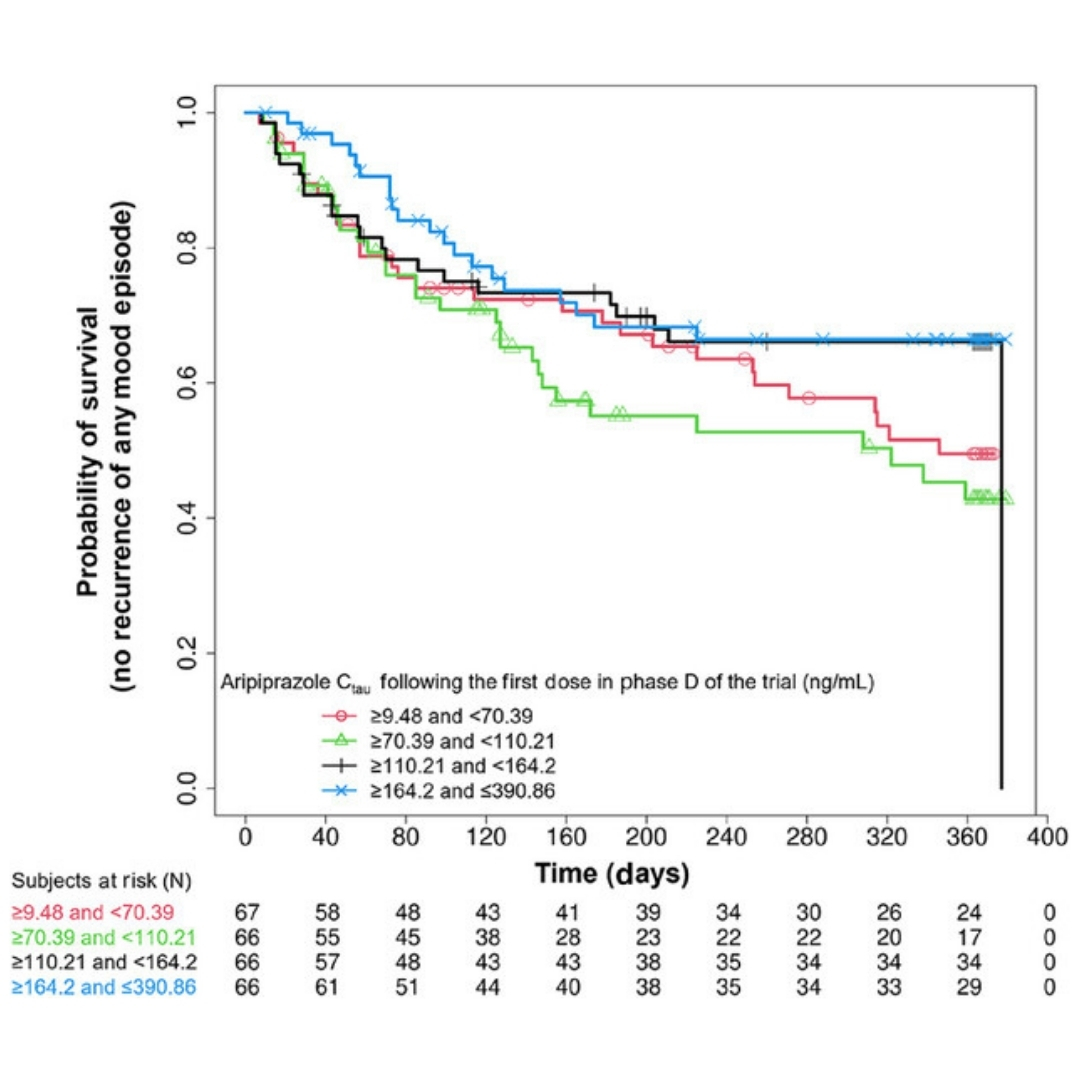
Exposure–Response Analysis for Aripiprazole Once-Monthly in Patients Diagnosed With Bipolar I Disorder
Aripiprazole once-monthly (AOM) is approved for the maintenance monotherapy treatment of bipolar I disorder (BP-I) in adults.

Top 3 Challenges in Thought Leader Management
Today more than ever, the role of thought leaders—also referred to as key opinion leaders (KOLs), external experts, and other designations—is critical.
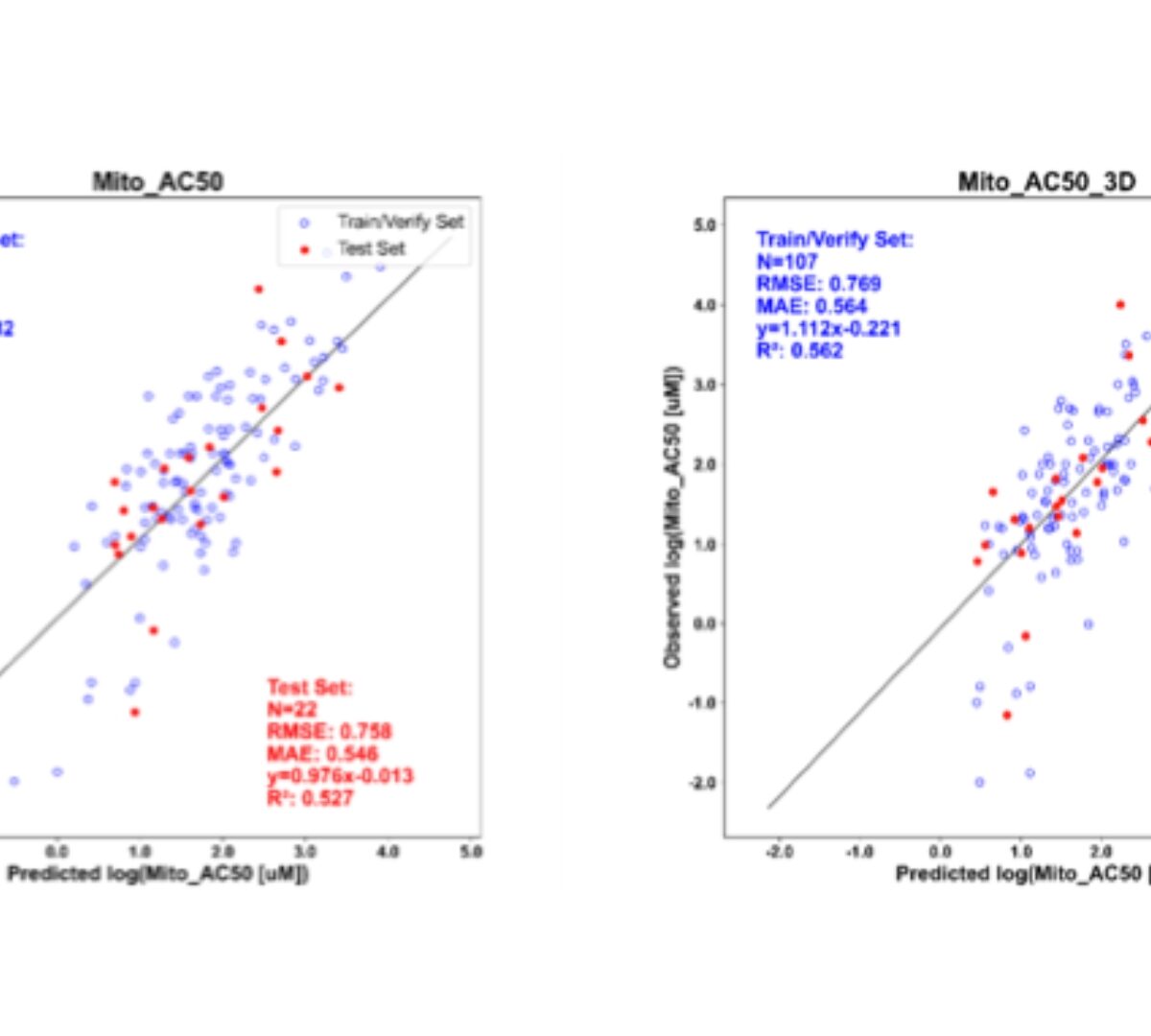
Application of Quantitative Systems Toxicology and Machine Learning Models in the Assessment of Drug-Induced Liver Injury
The QST Model DILIsym Provides More Comprehensive Predictions of DILI Risk than Artificial Intelligence Models
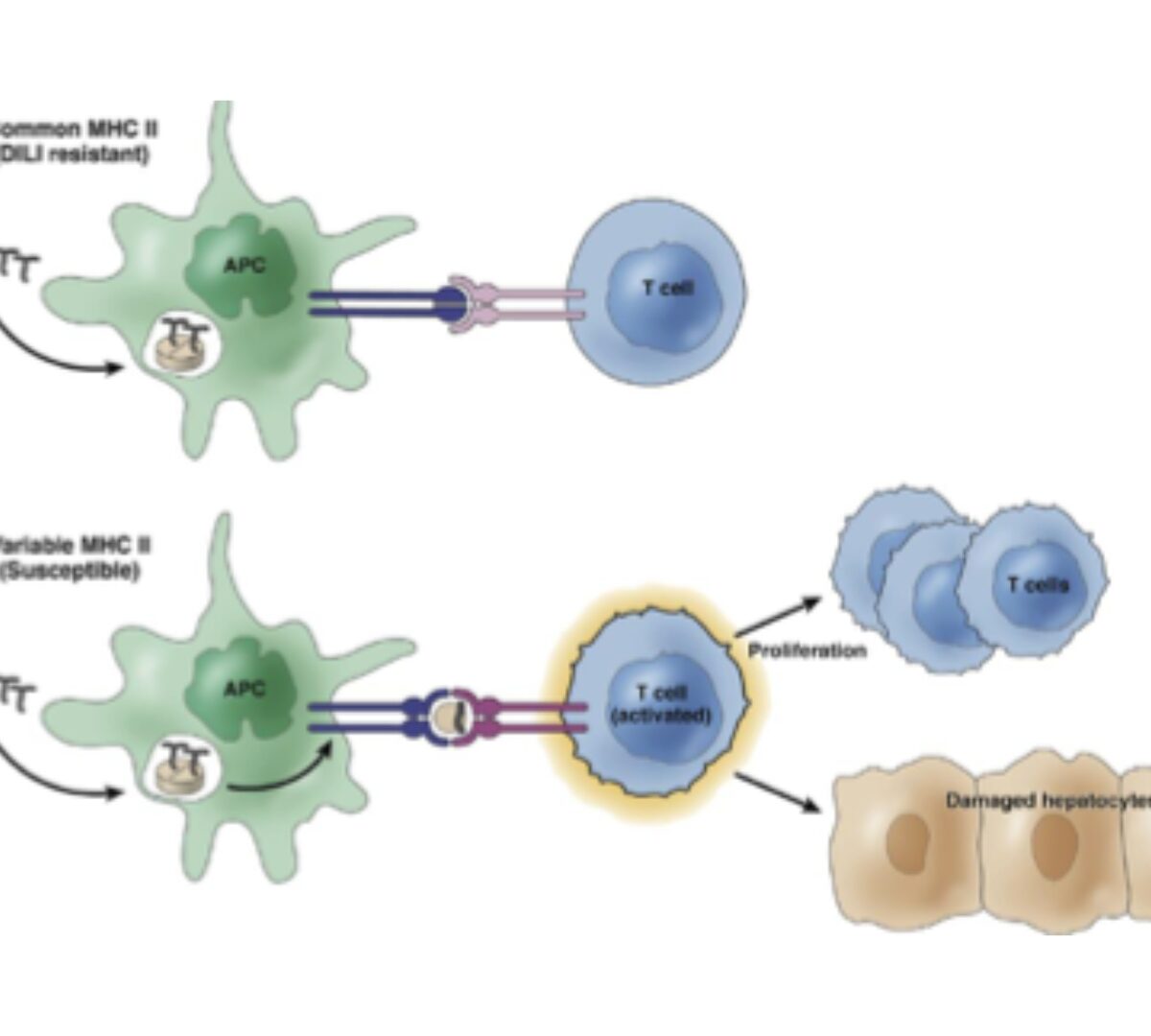
Successes and Failures of DILIsym
QST Models Predict Tox via the Intersection Between Exposure, Mechanisms, and Inter-Patient Variability
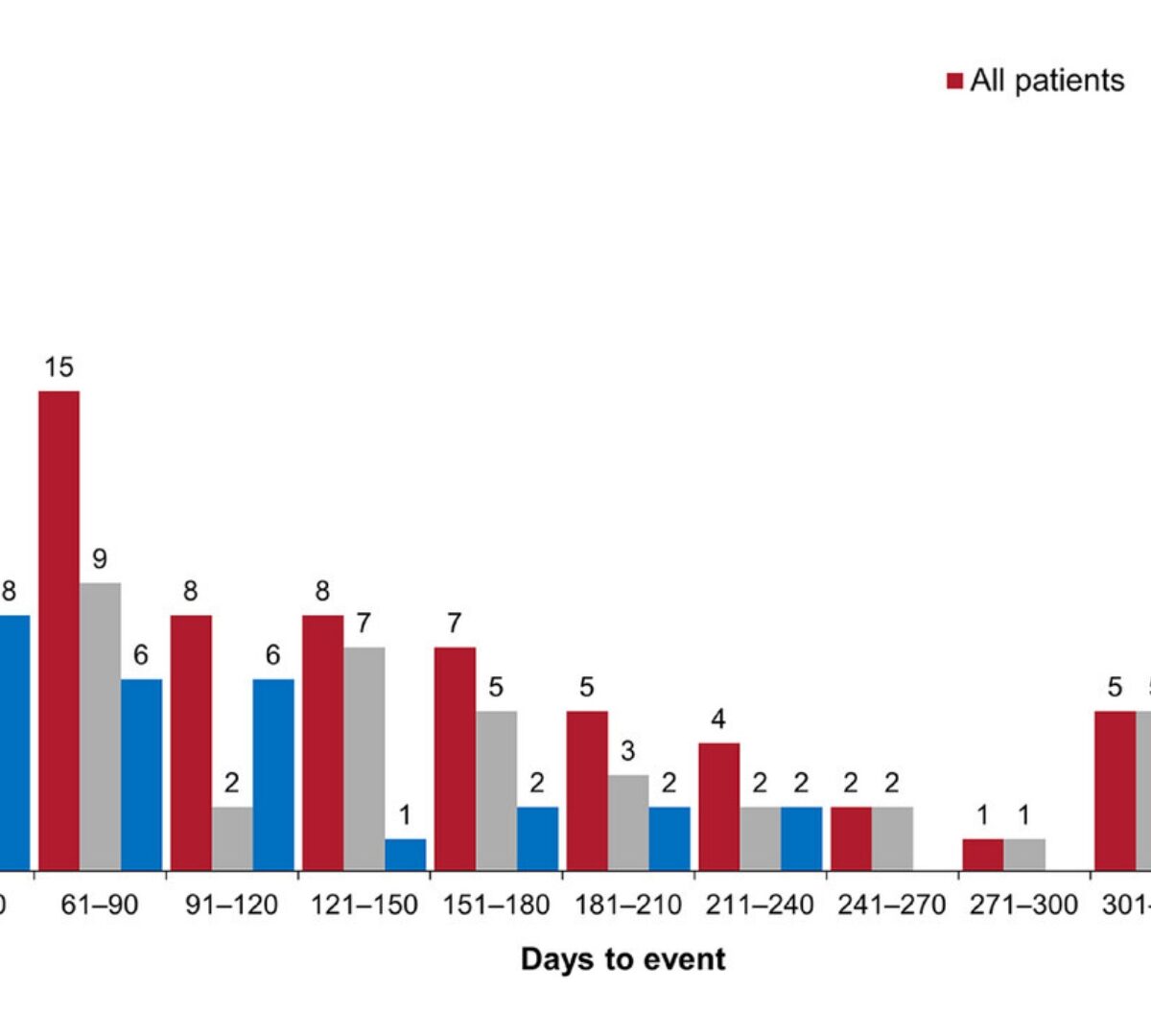
Dissolving Microneedle Patches for Transdermal Delivery of Paroxetine: in-vitro, ex-vivo Studies and its PBPK Modeling
Paroxetine HCl (PRX-HCl), an antidepressant, has poor water solubility and low oral bioavailability with 50% being metabolized in the liver.
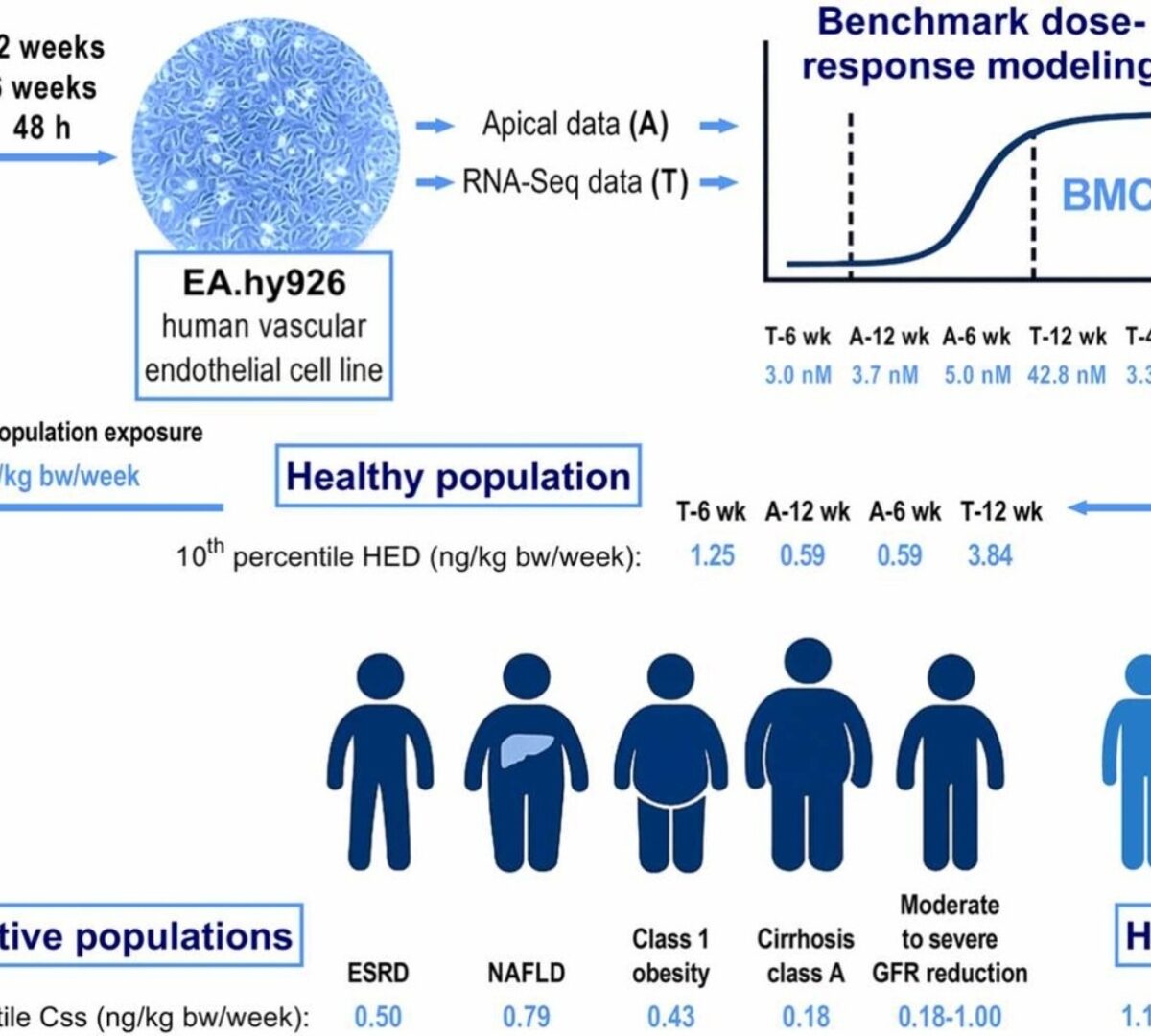
Advancing Probabilistic Risk Assessment of Perfluorooctanoic Acid Through Integration of in vitro Data and Physiologically Based Toxicokinetic Modeling Coupled with Population-Specific Analysis
Current human health risk assessment for perfluorooctanoic acid (PFOA) has proven inadequate due to a lack of innovative approaches.

New Era in Bioequivalence Global Harmonization Through ICH M13 Initiative: Critical Review on Mew Concepts, Alternative Approaches for High-Risk Products
Bioequivalence (BE) studies have made significant advancements, particularly with the introduction of the ICH M13 guidances.

Simulations Plus and the Institute of Medical Biology of the Polish Academy of Sciences Partnership Announces Results in Validation of ADMET Predictor® Models with Enhanced AI Drug Design
Researchers found 70% of compounds designed in ADMET Predictor demonstrated significant activity during in vitro testing
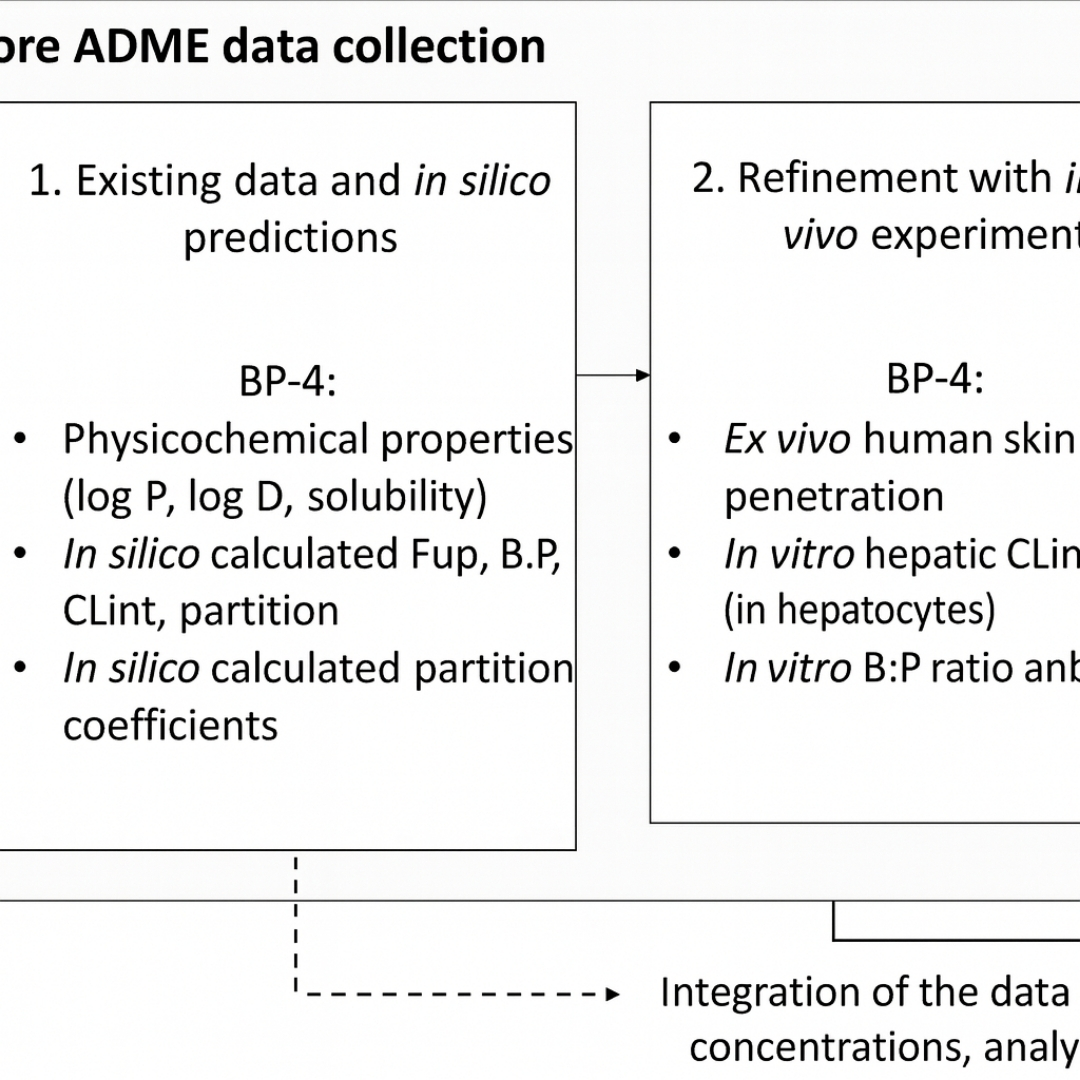
Building Confidence in PBK Model Predictions in the Absence of Human Kinetic Data: Benzophenone-4 Case Study
This study aimed to develop a physiologically based kinetic (PBK) model for benzophenone-4 (BP-4) in humans based on in vitro and in silico input data and to achieve scientific confidence in predicted internal...

Understanding Food Effects in Drug Development: A PBBM Perspective
The co-administration of oral drug products with food can lead to marked alterations in bioavailability (BA) and plasma concentrations when compared to the fasted state.

A High-Resolution Data Set of Fatty Acid-Binding Protein Structures. II. Crystallographic Overview, Ligand Classes and Binding Pose
Fatty acid-binding proteins (FABPs) belong to the calycin superfamily of proteins, sharing a similar overall structure with a ten-stranded β-barrel that encloses a large interior cavity for fatty-acid binding.
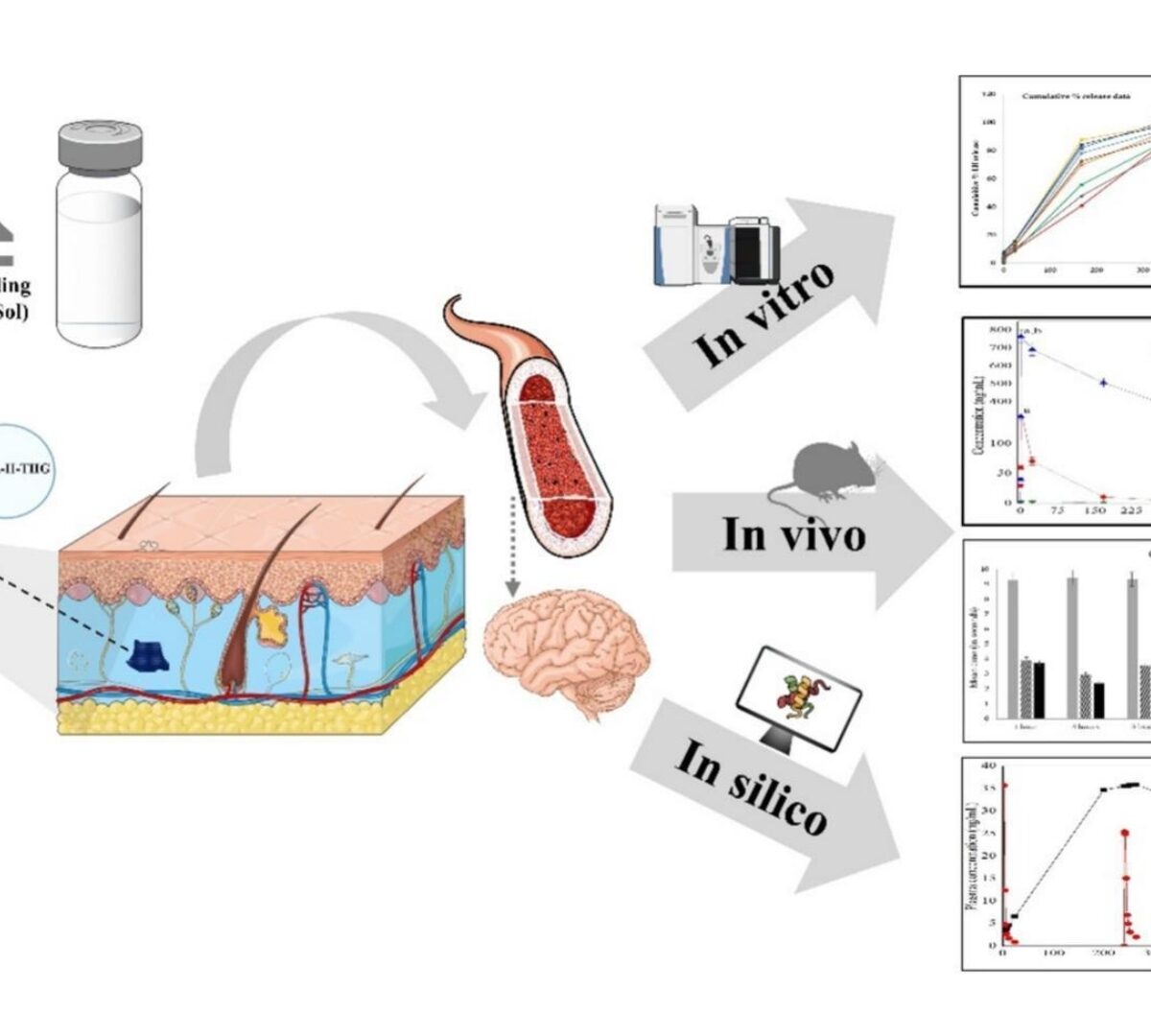
In vitro, in vivo and in silico Assessment of Bioresorbable PLGA-PEG-PLGA Based Thermosensitive Hydrogel Mediated 30-days Delivery of Lurasidone HCl for Schizophrenia
A novel once-monthly sustained-release injectable dosage form of Lurasidone hydrochloride thermosensitive hydrogel (LURA-H-THG) developed using PLGA-PEG-PLGA, for the treatment of schizophrenia.

Privacy Notice (LMS)
Privacy notice for how Simulations Plus handles personal data in its Learning Management System.

DPA Suppliers and Distributors
Simulations Plus data processing agreement for distributors, resellers, and service providers.
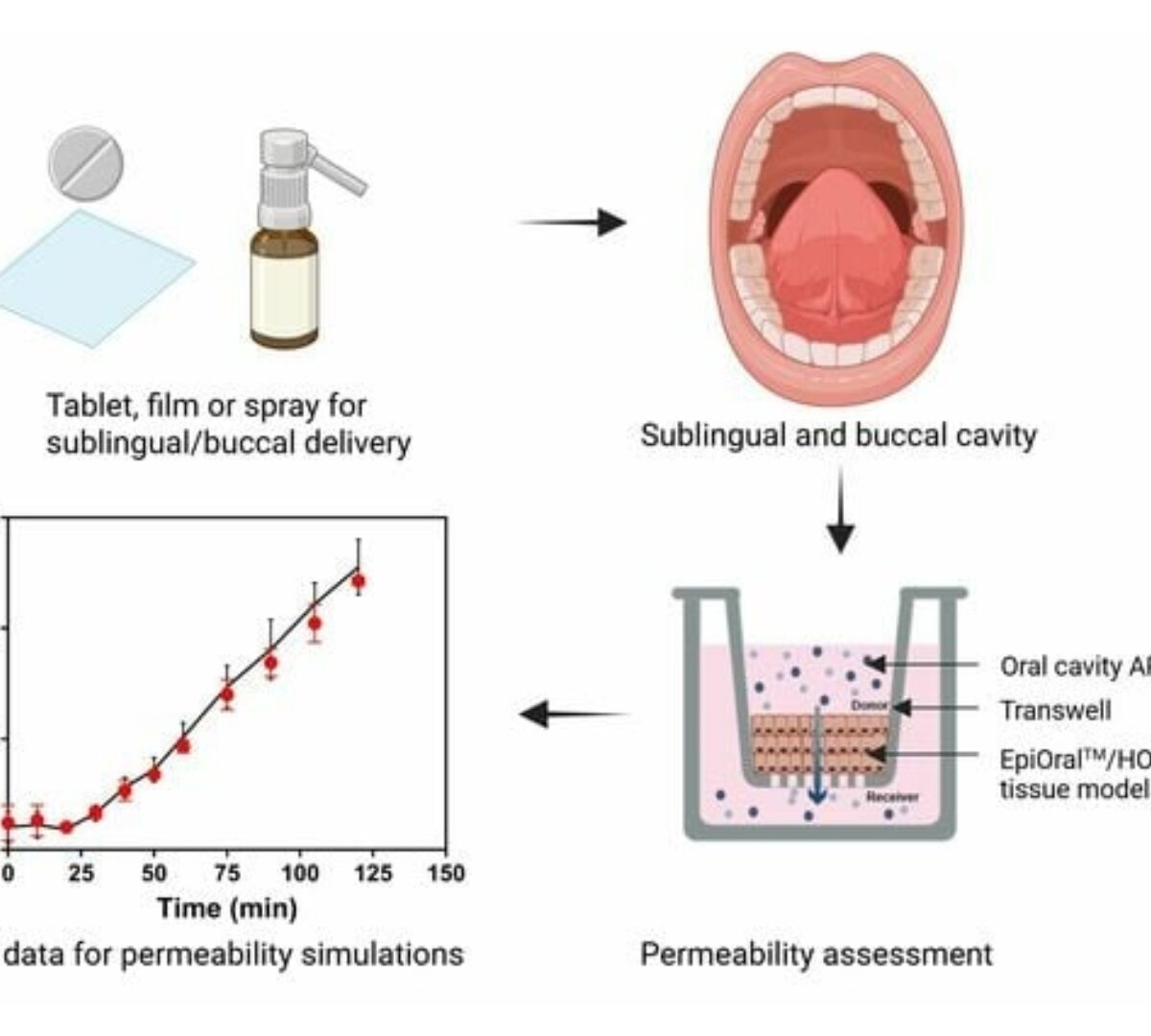
In Vitro Oral Cavity Permeability Assessment to Enable Simulation of Drug Absorption
The oral cavity represents a convenient route of administration for drugs that exhibit significant hepatic first-pass extraction.

Enhancing Solubility in VHL-Based PROTACs: Optimized USP7 Degraders for Improved Developability
Limited aqueous solubility, high total polar surface area (TPSA), and high hydrogen-bond donor (HBD) counts have hampered the clinical development of VHL-based proteolysis-targeting chimeras (PROTACs).
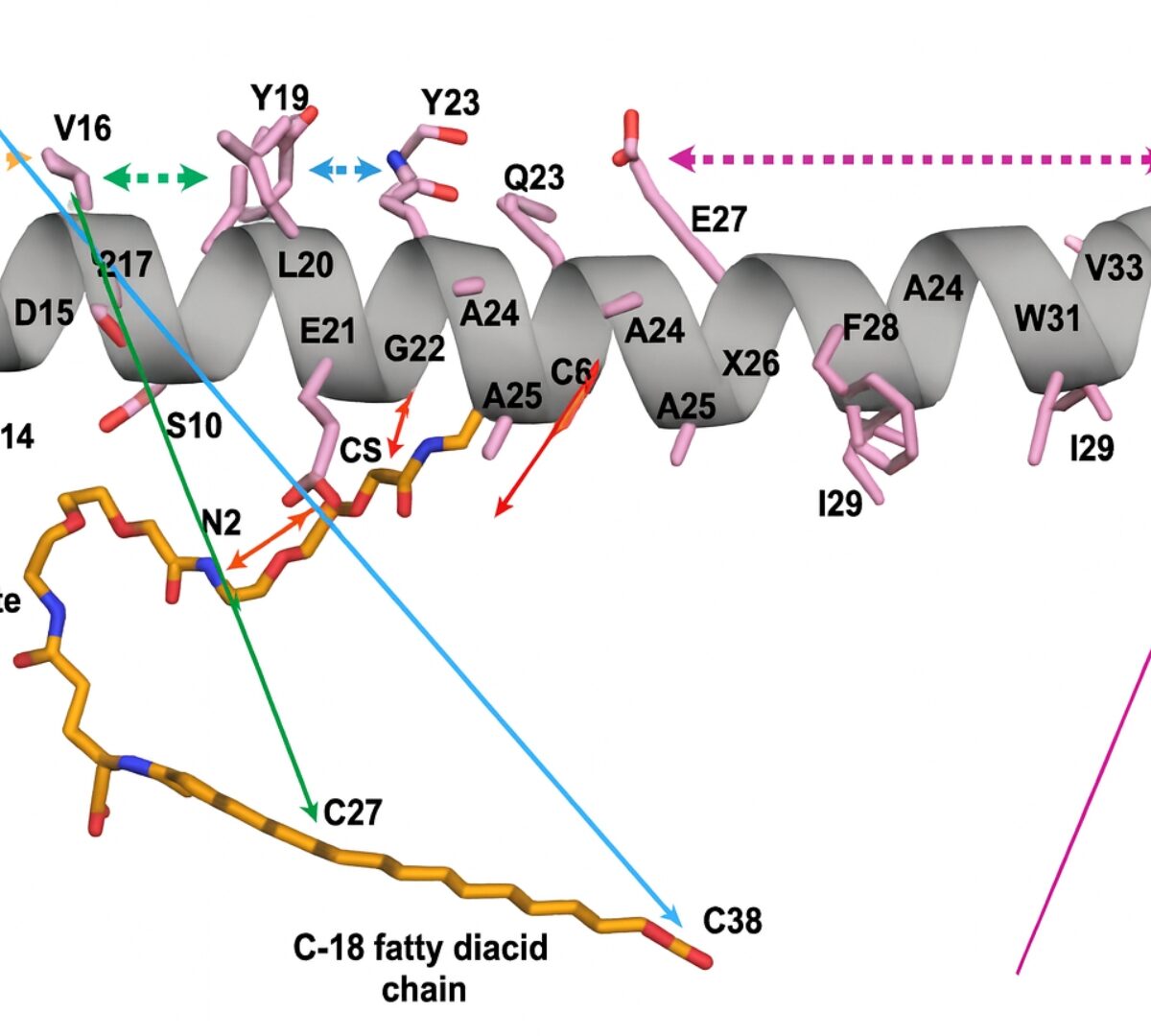
Oral Absorption of Semaglutide: Pharmacokinetic Modeling and Molecular Dynamics Simulations
Semaglutide is a GLP-1 receptor agonist that is formulated for oral administration as Rybelsus®.

Simulations Plus Invests in Clinical Development Technology Company Nurocor
Investment to accelerate innovations in biopharma development through Corporate Development Initiative

Simulations Plus Reports Third Quarter Fiscal 2025 Financial Results
Updated full-year revenue guidance of between $76 to $80 million and adjusted diluted EPS of $0.93 to $1.06
